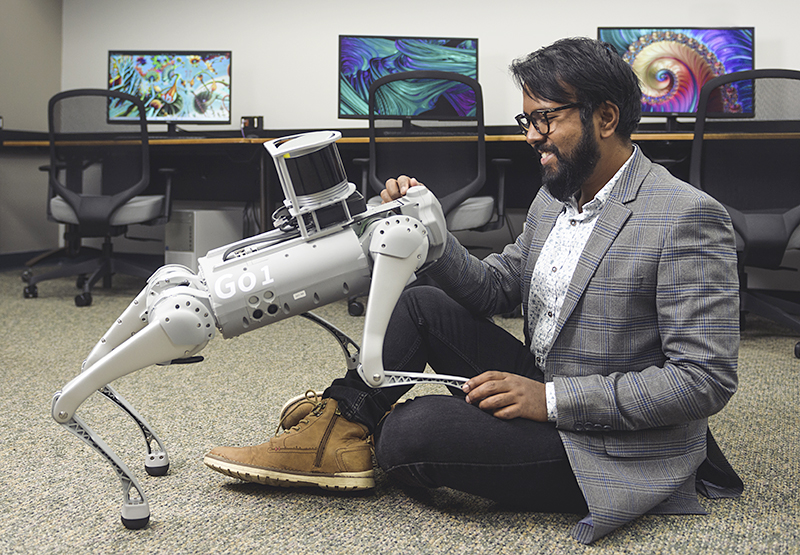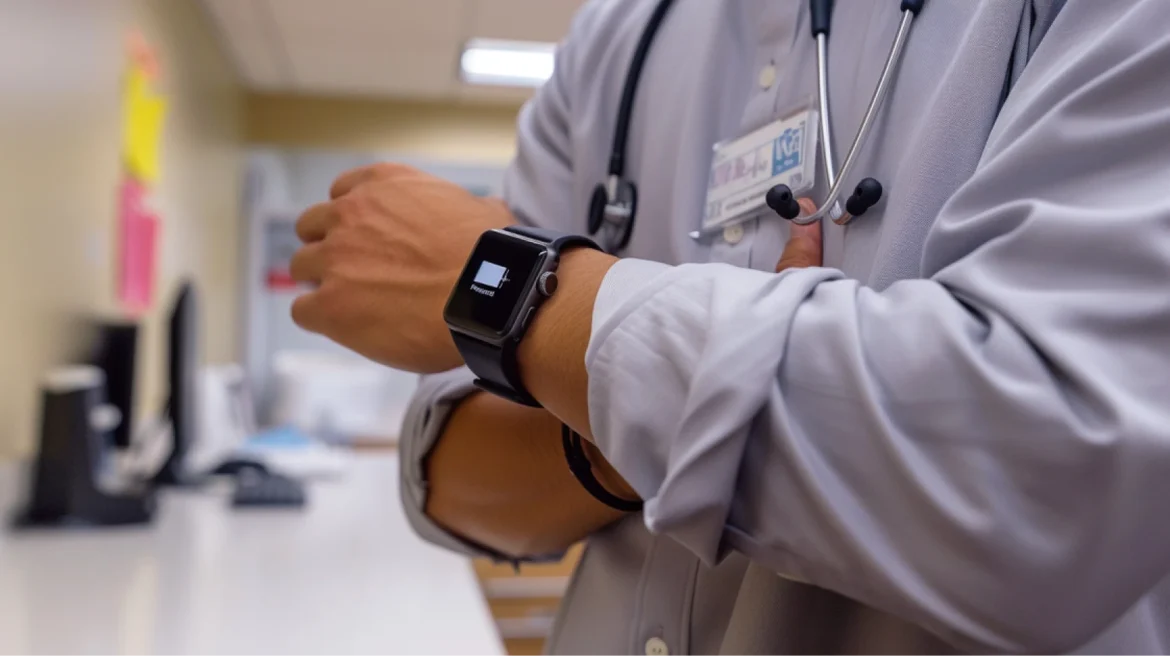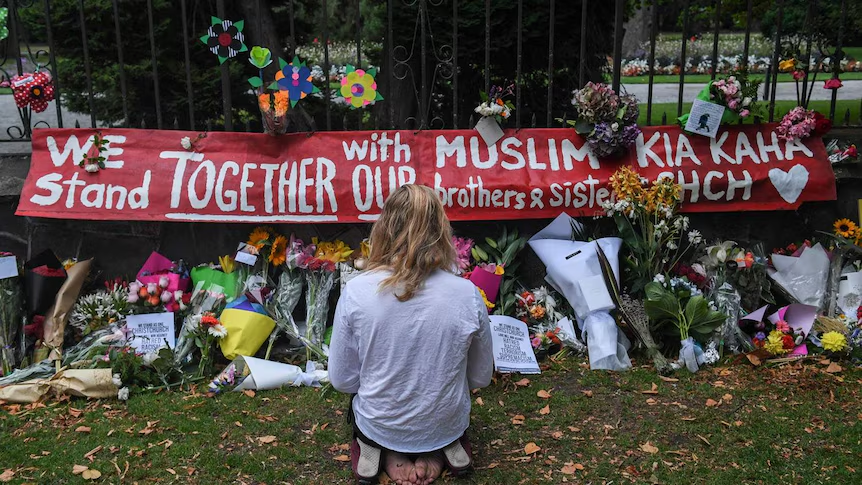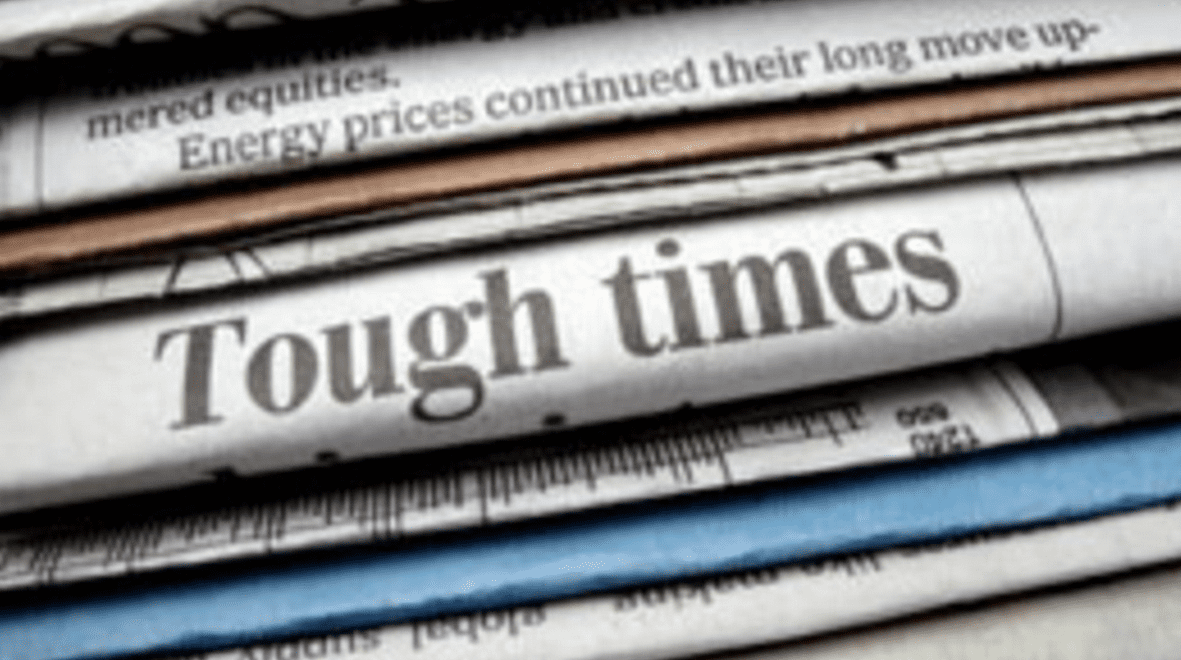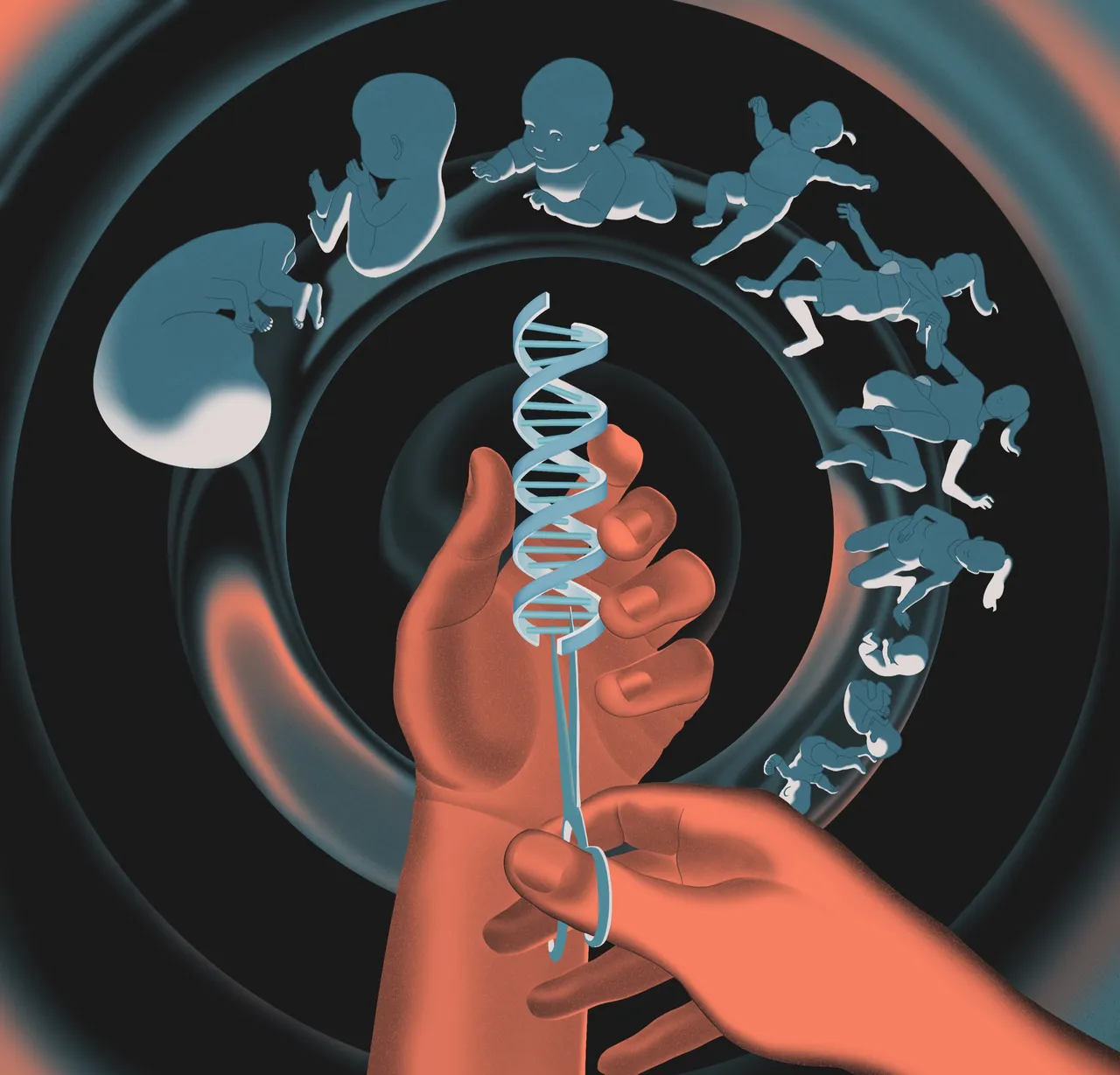As the world continues to recover from the devastating impact of COVID-19, one question dominates public health discussions: Is America ready for the Next Pandemic? The answer lies in how policymakers, scientists, and the CDC Congressional Testimony are shaping the nation’s preparedness for future health crises.
The future of public health in the U.S. depends on transforming hard-learned lessons into sustainable strategies that can prevent, detect, and respond to emerging global threats faster than ever before.
Lessons Learned from the Past
The COVID-19 pandemic exposed deep weaknesses in America’s health infrastructure from fragmented data systems to supply shortages and public mistrust. The CDC Congressional Testimony made it clear that these vulnerabilities must never be repeated.
Health experts and lawmakers now recognize that preparing for the Next Pandemic requires not just new technology, but also stronger interagency coordination and global cooperation. Rapid data sharing, transparent communication, and early intervention are no longer optional; they are essential.
The CDC’s Roadmap for Readiness
During the latest CDC Congressional Testimony, officials outlined a multi-layered approach to improving national preparedness. Key components include:
- Modernized Disease Surveillance Systems : Leveraging artificial intelligence, genomic sequencing, and real-time analytics to detect outbreaks early.
- Strengthening Supply Chains : Ensuring domestic production of essential medical equipment and vaccines to prevent shortages during crises.
- Expanding Workforce Capacity : Investing in training programs for epidemiologists, lab technicians, and emergency responders.
- Building Public Trust : Countering misinformation through transparent communication and science-based outreach.
This comprehensive framework reflects a shift toward proactive prevention, not reactive response.
Investing in Future Preparedness
Congress is currently debating how to fund the initiatives outlined in the CDC Congressional Testimony. Public health experts argue that sustainable funding is crucial to maintain readiness between crises not just when emergencies strike.
The economic argument is compelling: research shows that every dollar spent on preparedness can save up to $10 in response costs during a pandemic. Investing in prevention also reduces the risk of social and economic disruption, making the Next Pandemic less catastrophic for both citizens and markets.
Global Collaboration and Information Sharing
Pandemics know no borders. The United States is now working closely with the World Health Organization (WHO) and international partners to improve global health surveillance networks. By sharing data and resources, countries can detect outbreaks earlier and coordinate responses more efficiently.
The CDC Congressional Testimony emphasized that international transparency particularly in early outbreak reporting is one of the most powerful tools for preventing future pandemics from spreading unchecked.
Challenges Ahead
Despite progress, significant challenges remain. Political divisions, misinformation, and budget constraints continue to threaten public health readiness. Many Americans still harbor mistrust toward institutions like the CDC, highlighting the need for renewed credibility and clear communication.
Furthermore, addressing the Next Pandemic means tackling deeper issues like health equity, ensuring that vulnerable populations receive protection and care during crises.
Conclusion
America stands at a turning point in public health history. The lessons outlined in the CDC Congressional Testimony provide a roadmap for how the U.S. can build a resilient system capable of confronting the Next Pandemic with strength, speed, and unity.
Preparing for the future means more than stockpiling supplies it means investing in trust, technology, and transparency. If the U.S. follows through on its promises, the next global health crisis could mark not another failure, but a defining moment of progress and protection for all.


